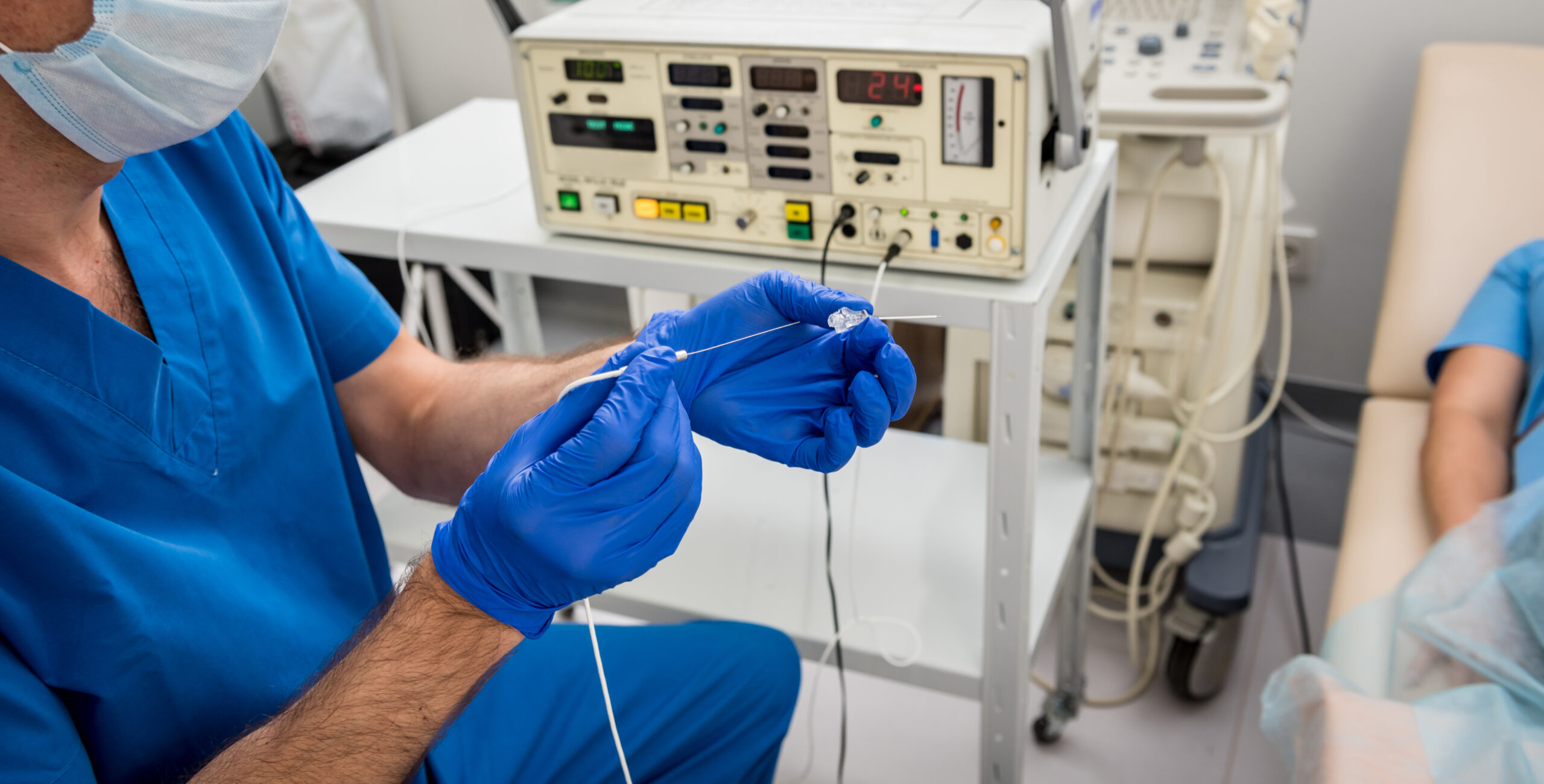Lumbosacral radiofrequency ablation (RFA) is a modern, minimally invasive therapeutic procedure used for the management of chronic lower back and sacroiliac joint pain. As part of the broader category of interventional pain management treatments, this procedure utilizes radio waves to produce heat and selectively damage specific nerves that transmit pain signals. By disrupting the transmission of these signals, the patient experiences a significant decrease in pain.
Chronic lower back pain and sacroiliac joint dysfunction are significant health concerns that can lead to considerable disability, decreased productivity, and diminished quality of life. These conditions can be caused by numerous factors including age-related changes, spinal disc herniation, degenerative disc disease, and sacroiliac joint inflammation. When conservative management options such as medications, physiotherapy, and lifestyle modifications prove ineffective, patients may be referred for interventional procedures like RFA.
The lumbosacral radiofrequency ablation procedure typically involves the use of imaging technology, like fluoroscopy or ultrasound, for accurate needle placement. After the skin and underlying tissues are numbed with a local anesthetic, a radiofrequency needle is carefully inserted through the skin and advanced towards the target nerves. A small electrical current is passed through the needle to ensure proper placement. Once confirmed, a high-frequency radio wave is delivered through the needle, producing heat that disrupts the nerve’s ability to transmit pain signals.
There are several significant advantages associated with lumbosacral RFA. First, it is a minimally invasive procedure, typically performed on an outpatient basis under local anesthesia, avoiding the risks and recovery time associated with more invasive surgical treatments. Second, it targets the root cause of the pain – the transmitting nerves – providing a potentially more effective and longer-lasting solution than pain medications. Lastly, given its precision, the treatment minimally impacts surrounding tissues and structures, thereby reducing the risk of collateral damage and post-procedure complications.
However, like any medical procedure, RFA is not without its potential risks and complications. Some patients may experience temporary post-procedure discomfort at the needle insertion site, including bruising, swelling, and soreness. There’s also a small risk of nerve damage, infection, bleeding, or allergic reactions to the medications used. Additionally, while many patients report significant pain relief after RFA, the results can vary, and some patients may not experience substantial benefit.
Despite these potential drawbacks, lumbosacral radiofrequency ablation has emerged as a promising intervention for the management of chronic lower back and sacroiliac joint pain. Numerous studies have documented its effectiveness and safety, and it is now a commonly utilized tool in the pain management specialist’s arsenal.
However, as with all medical decisions, the choice to undergo RFA should be made in close consultation with a healthcare provider. The procedure’s appropriateness is based on the patient’s specific symptoms, overall health, and individual response to previous treatments. When appropriately utilized, lumbosacral radiofrequency ablation can offer a substantial reprieve from the burdens of chronic lower back pain, significantly improving patient’s quality of life.
